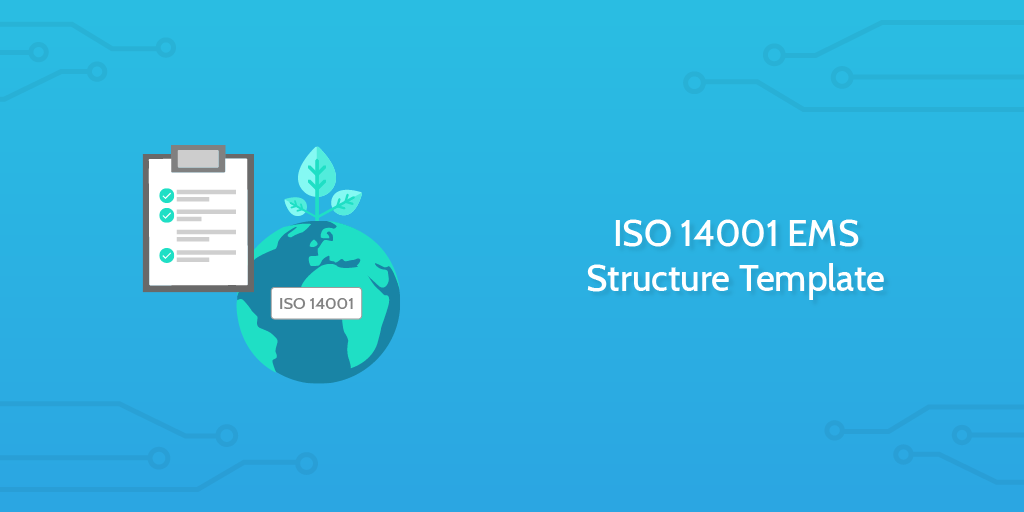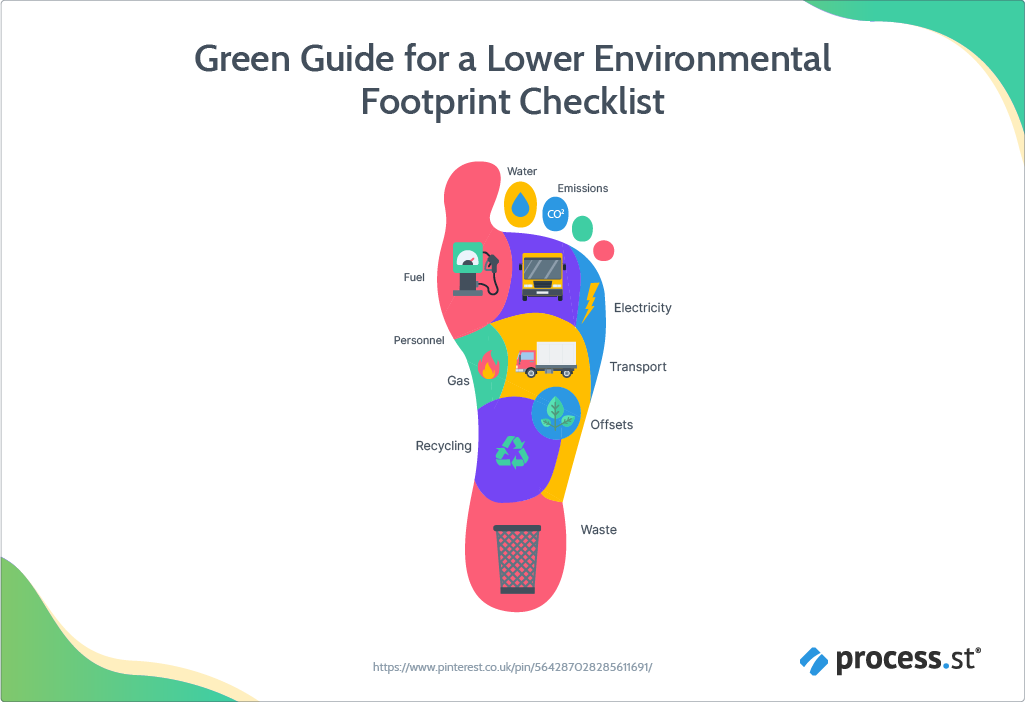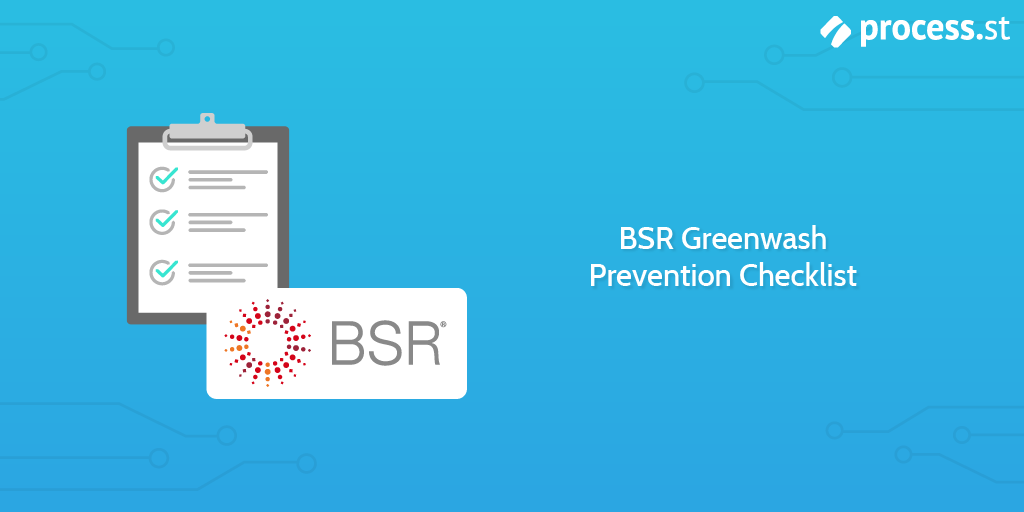Edit this template to remove or change the text in this section.
This template is designed to help you easily build standard operating procedures which adhere to the ISO 14001:2015 requirements for an environmental management system.
The structure of this template is based on the ten clauses of the Annex SL management system standard, as well as the Plan-Do-Check-Act cycle for continuous improvement, outlined in the recent 2015 updates to ISO management system standards.
Throughout each section, you will find guidelines with which to design, implement, and continuously improve your SOPs.
By using this template, you will build out an EMS "mini-manual" containing all of the standard operating procedures used by your organization, to the requirements of ISO 14001:2015.
Add this template to your organization in Process Street and you can export it to word and save as PDF once you have completed it.
You can select "Edit template" to change the text within each section.
Using Process Street's rich form fields, you are able to add new text, images, and sub-checklists into this template by using the widgets on the right-hand side of the editing screen.
The ISO 14001:2015 requirements can vary between industries. If you need to view the specific standards and differences between industries, check this page of the ISO website.
More detailed information on how to work with ISO 14001:2015 can be found here.







